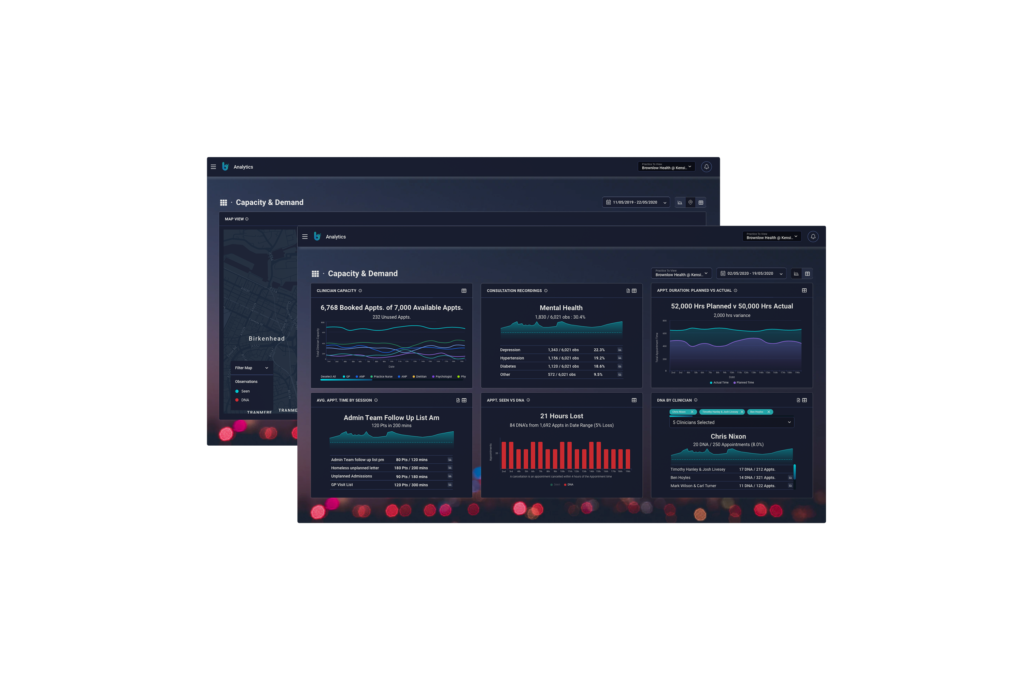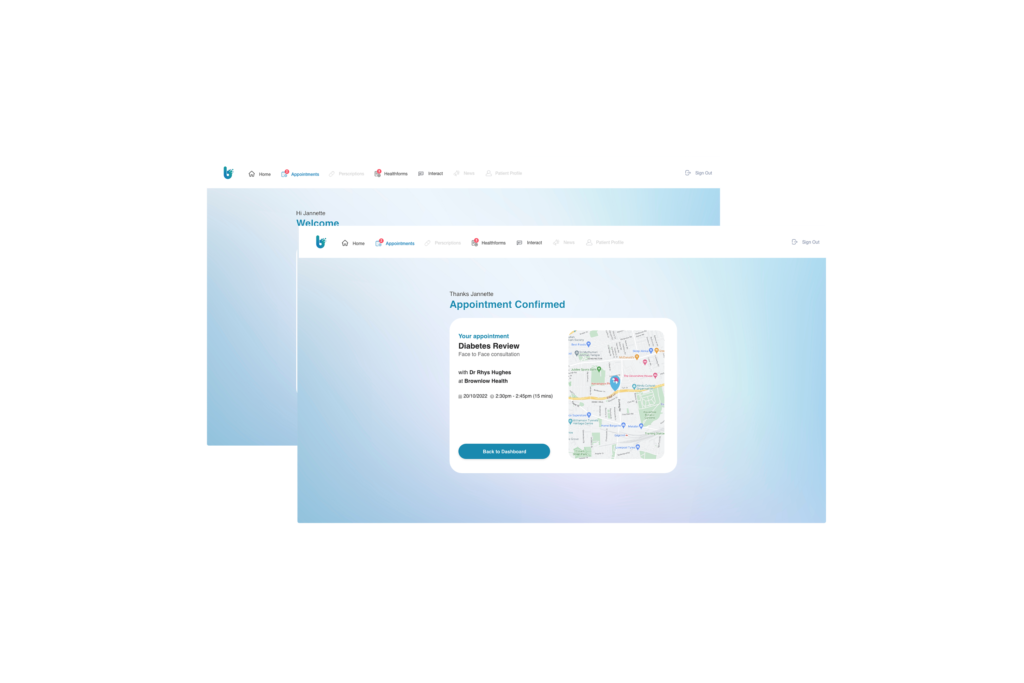
Health Inequalities: Is Digital the Answer?
Health inequalities remain the killer problem that faces healthcare worldwide. All health professionals and healthcare managers know the size and scale of the problem, and that, in the UK today, things are getting worse.
There’s no easy answer, and big improvements will require a large-scale change to society and legislation.
It almost feels like there’s nothing we can do in General Practice, so great is the problem.
We’re awash with data about those we serve so surely, digital solutions can help us?
PACO™ the Patient & Care Optimiser from Blinx Healthcare™ can provide valuable insights and solutions that can help your practice to turn the tide in the battle against health inequalities and provide better care to all patients.
The Problem of Health Inequalities

Health inequalities refer to the differences in health outcomes among different populations, resulting from a range of social, economic, and environmental factors. These inequalities can affect different groups of people, such as those living in poverty, ethnic minorities, or those with disabilities. They can also be seen in different health outcomes, such as life expectancy, chronic disease rates, and infant mortality rates.
One of the primary reasons for health inequalities is the unequal distribution of social determinants of health, such as income, education, housing, and access to healthcare. These factors can have a significant impact on a person’s health, and those with fewer resources and less access to healthcare are more likely to experience poor health outcomes.
We often incorrectly assume that the delivery of healthcare services contributes significantly to patient outcomes but the evidence shows this contribution to be less than 25%.
How PACO™ from Blinx Healthcare™ Can Help
Identify health inequalities:
PACO™ can provide valuable insights into your practice’s patient population, helping you to identify groups of patients who may be experiencing health inequalities. Your practice or PCN data can be interrogated and viewed through the lens of any demographic or clinical filters. Armed with this information, you can develop targeted interventions to address these issues and improve health outcomes.

Improve access to care:
PACO™ can help your practice improve access to care for all patients, regardless of their background or socioeconomic status. For example, PACO™ can provide insights into appointment availability, wait times, and other factors that can impact access to care. With this information, you can make changes to your practice to ensure that all patients have timely access to the care they need.

Enhance patient engagement:
PACO™ can help your practice to engage with patients more effectively, improving communication and patient satisfaction. For example, PACO™ can provide patients with personalized health information, reminders, and alerts to help them stay on track with their care – All in their preferred language.

Population Level Data:
PACO™ allows aggregation of practice datasets across PCNs, Places and ICSs assuming appropriate data-sharing agreements are in place. This can deliver all the benefits above at a true population level where impact can be massively increased.